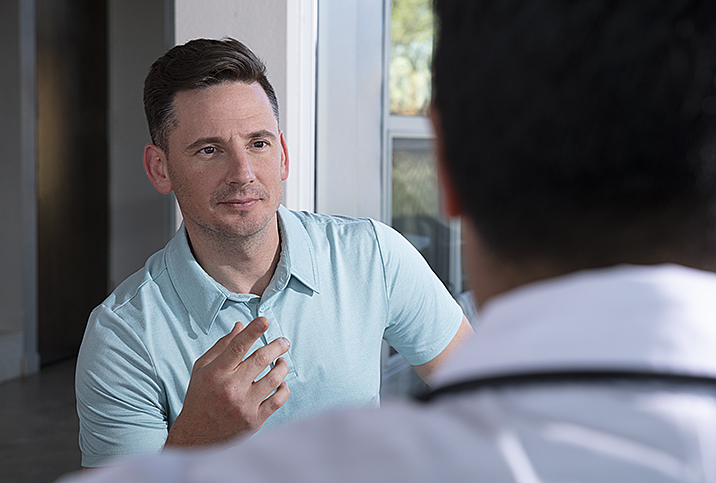How Do I Know I Have HPV?

Human papillomavirus (HPV) is an extremely common sexually transmitted infection (STI), which means it’s possible you or your partner unknowingly has the virus. Many cases of HPV are asymptomatic until they progress to cancer, which is more difficult to treat in an advanced stage. Learning how you can get HPV and how to identify it are the first steps toward prevention.
What causes HPV?
HPV can be transmitted by having vaginal, oral or anal sex with someone who has the virus, even if that person has no obvious signs or symptoms. It can spread when any of your genitals—vagina, penis, vulva, anus, cervix—touches the mouth, throat or genitals of an infected person.
Often, you will not experience symptoms for years or decades after contracting the virus, which can make it difficult to determine how or when it happened, especially if you have had multiple sexual partners. In most cases, the only way to determine whether women have HPV is to undergo screening by a doctor; men have no such recourse, as there is no test to determine whether they have HPV.
What are the signs & symptoms of HPV?
Two HPV types (16 and 18) cause 70% of cervical cancers and pre-cancerous cervical lesions, according to a November 2020 World Health Organization (WHO) report. However, low-risk strains of HPV, specifically HPV 6 and HPV 11, can cause genital warts in both males and females.
Genital warts usually appear as flat lesions that resemble cauliflower. On females, warts typically appear on or near the vulva but may appear in the vagina, near the anus or on the cervix. Genital warts on men usually appear on the penis, scrotum, groin or near the anus. These warts may feel tender and itchy and burn slightly upon contact with some substances, including urine and soap.
In 2019, Harvard Health Publishing indicated HPV may also cause warts to grow in other places on the body, including the feet (plantar warts), hands, arms, face and scalp. These warts vary in size, appearance and color depending on their location.
What are the risk factors of HPV?
The most significant risk factor for HPV is the number of sex partners you have had in your life. The higher the number of sex partners, the more likely you are to have contracted HPV. Even if you’ve had very few sex partners, your risk for HPV remains high if your partners have had multiple sex partners.
Other risk factors of HPV include having damaged skin or a weakened immune system and being exposed to surfaces where HPV may be present. Damaged skin with lots of cuts and openings is susceptible to HPV, as is a weakened immune system that inhibits your ability to fight off infection and disease. Spending a lot of time in public showers, restrooms or swimming pools also increases your risk for HPV if you do not wear shoes, sandals, clothing and other protective coverings over your skin.
How do doctors detect and diagnose HPV?
The most effective way to determine whether you have HPV is to receive regular exams and HPV screenings from your doctor. Your doctor can examine you for warts and perform a Pap test or a DNA test to detect cell abnormalities and high-risk HPV strains, if you’re female. As indicated earlier, there is no test to detect HPV in men, though some doctors may perform an anal Pap test in rare instances.
If you meet any of the risk factors for HPV, see your doctor regularly for routine exams and screenings to ensure your risk for HPV-related cancers stays low. If you’re female, your doctor can recommend a Pap test schedule based on your age and medical history. Staying informed about HPV and your health can help you avoid cancer and maintain a satisfying, safe sex life.


















